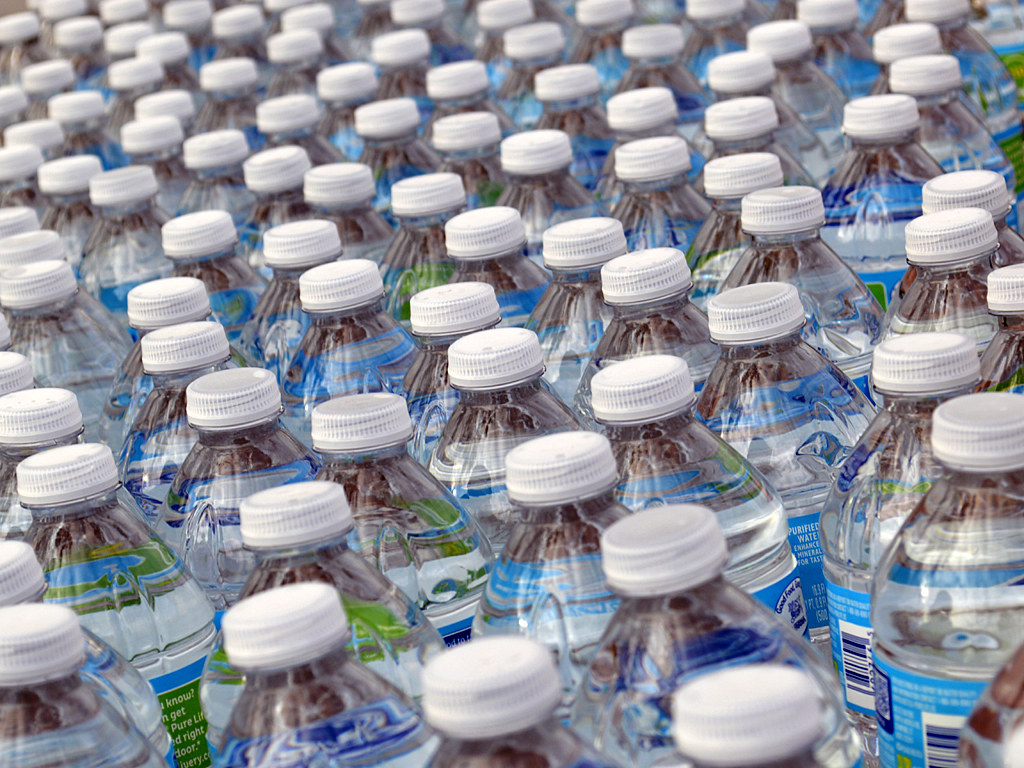
A chemist at the University of Copenhagen has invented a technology that uses carbon dioxide to convert seawater into drinking water within minutes. This desalination technology has the potential to replace electricity with CO2 and be used in survival gear and in large-scale industrial plants in places where people don’t have clean drinking water.
Over 800 million people worldwide lack access to clean drinking water and that number is growing rapidly. Seawater is a vital source of drinking water in many parts of the world, but desalination faces the major challenge of being highly energy intensive. Desalination plants use huge amounts of fossil fuel-generated electricity and therefore contribute to climate change.
The Copenhagen technology is reminiscent of a SodaStream machine. Carbon dioxide is added to water, initiating a chemical reaction. But instead of using it for bubbly carbonation, it is used to separate salt from water. It works by adding a chemical called CO2-responsive diamine to saltwater. The diamine compound binds with the added CO2 and acts as a sponge to absorb the salt, which can then be separated. The entire process takes one to ten minutes. Once the CO2 is removed, the salt is released again, allowing the diamine to be reused for several more rounds of desalination.
In the laboratory, the method removed 99.6% of the salt in seawater. The technology is still being developed to lower its price and optimize the recycling process. It is also being tested on a small scale in the form of water bottles fitted with special filters that can be used in lifeboats or in other outdoor settings. Ultimately, it could be used to greatly reduce the energy consumption of desalination plants.
**********
Web Links
Chemist uses CO2 to convert seawater into drinking water
Photo, posted January 10, 2015, courtesy of Daniel Orth via Flickr.
Earth Wise is a production of WAMC Northeast Public Radio.
Leave a Reply